Cooking rice the Japanese way
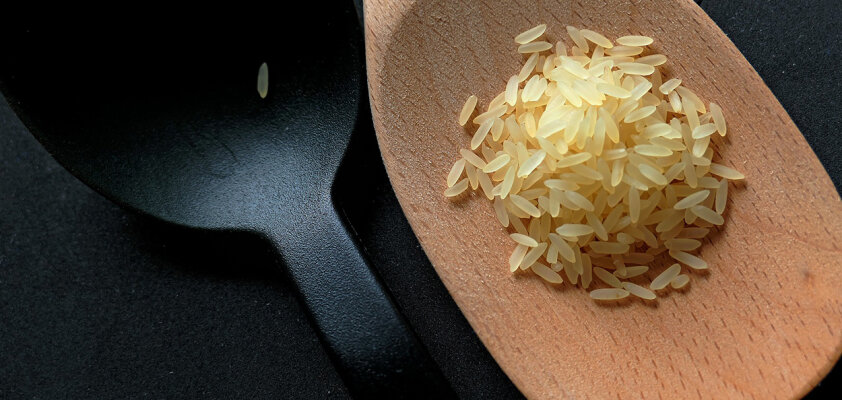
In Japanese cuisine, rice (Gohan) is omnipresent, considered healthy, and appears in various forms. It's not surprising that in Japan, various methods of preparing it have been perfected. Find out how to effortlessly create the best bowl of rice for any occasion.

In this article you will find valuable details on the following methods for cooking the perfect rice:
» Method 1: Steaming the Japanese way
How to find the perfect rice
Japanese short-grain rice, Japonica, comes in two main types: Uruchimai, the fluffy one, and Mochigome, the sticky one. The variation you choose depends on what you want to make: Sushi, Onigiri (rice balls with nori seaweed and delicious filling), Chahan (fried rice), or just a simple bowl as a main dish? Koshihikari and Sasanishiki are top-notch varieties that any connoisseur will recommend. This rice is suitable for all dishes, while Mochigome can be used to create delicious desserts like the famous rice cakes and the festive red Osekihan with Azuki beans.
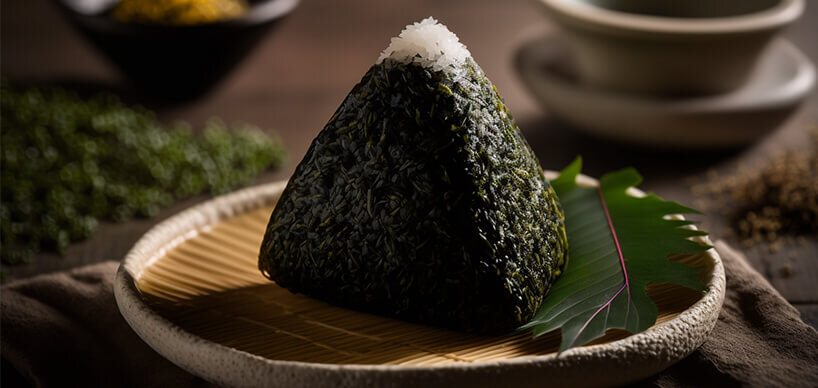
Regardless of the variety you choose, make sure to keep the rice airtight after purchase and store it in a dark, cool, and dry place. This way, the package will last a long time, and the rice will remain enjoyable. Flavor-wise, Japonica tends to stay in the background: Its mild aroma is characteristic of Japanese dishes. Fragrant long-grain varieties such as Jasmine or Basmati rice are something exotic in Japanese cuisine: they have a stronger, distinct aroma, do not stick well to traditional dishes, and are more challenging to handle with chopsticks. Also, Parboiled rice, a type of polished rice, is not part of Japanese cuisine as it tends to be more separate. Nevertheless, you can cook almost any variety similarly and with the same utensils as Japanese rice.
Light and fluffy: special features of Japanese rice cuisine
Today, almost everyone in Japan has a rice cooker because it can quickly, healthily, and effortlessly create a meal. For Japan, white rice, which balances and enhances the flavor of each dish, is part of everyday life – and since it's often hectic, every minute counts. However, in good restaurants, there is traditionally nothing but handcrafted rice pots made of cast iron that enrich the rice dish with dedication and aroma. Additionally, rice cooked on the stove has a particularity: Okoge, as the crispy browned rice stuck to the bottom of the pot is called. Although it is usually discarded in our culture, it is particularly popular among young Japanese for its special aroma. As long as it's not burnt, it's no less healthy than white rice. There are even restaurants where you can eat it: Okoge is steamed again in the iron pot before serving, making it easy to separate from the pot bottom with chopsticks and enjoy. Why not try it yourself!
People also like to make Onigiri from Okoge, and it is dipped in green tea, resulting in the specialty called Ochazuke. For this, you can simply mix a cup of cooked rice with a cup of Japanese green tea and eat it with ingredients like shredded nori seaweed, grilled salmon, roasted sesame seeds, pickled Umeboshi plums, and Wasabi.
The recipe for the best rice
Before cooking, it is essential to wash the rice first. This will help you get rid of excess starch that gives the rice a bitter taste and avoid a lumpy result. To do this, place the desired amount of rice in a bowl. For each serving, you can use half a cup (120g). Use plenty of cold water for washing, pouring it into a bowl with the rice so that it is completely covered. Carefully swirl the rice around and repeat the process about four times with fresh water. The water should be less cloudy at the end, but it will not be completely clear: Starch continues to come out, but you have now removed all other unwelcome residues.
Afterward, it's best to let the rice soak for an additional 10-20 minutes. This will result in a more uniform, soft, and fluffy outcome, while also saving on cooking time. If time is limited, this step can be skipped once in a while. However, for glutinous rice (Mochigome), a soaking time of at least two hours is a must. Ideally, let this type of rice swell overnight – the longer, the faster the cooking process. Finally, let the rice drain well in a sieve for at least 5 minutes to maintain the correct rice-water ratio during cooking and restore the rice's stability.
There are three proven methods for achieving loose, soft, and well-cohesive rice – whether with or without a rice cooker:
Method 1: Steaming the Japanese way
We recommend this method of preparation, which is traditionally Japanese yet light and quick.
Long-grain varieties like Basmati rice require a bit more water: Depending on the desired firmness, you should cook them with double the amount of water to one part of rice, so with 1.5 to 2 parts of water. If brown rice is in the picture, the quantity increases to 3 cups of water. According to taste, you can also add a pinch of salt, half a teaspoon of oil, or butter. Adding a teaspoon of lemon juice to the cooking water also helps protect the rice grains from sticking together and discoloration. Some chefs swear by lightly sautéing their rice with a bit of oil before cooking until the grains pop and become translucent. Ingredients like onions, vegetables, and spices add an extra special flavor to the rice. This method is particularly popular with risotto, but in Japan, such a preparation method would not be conceivable, at least for a traditional recipe.
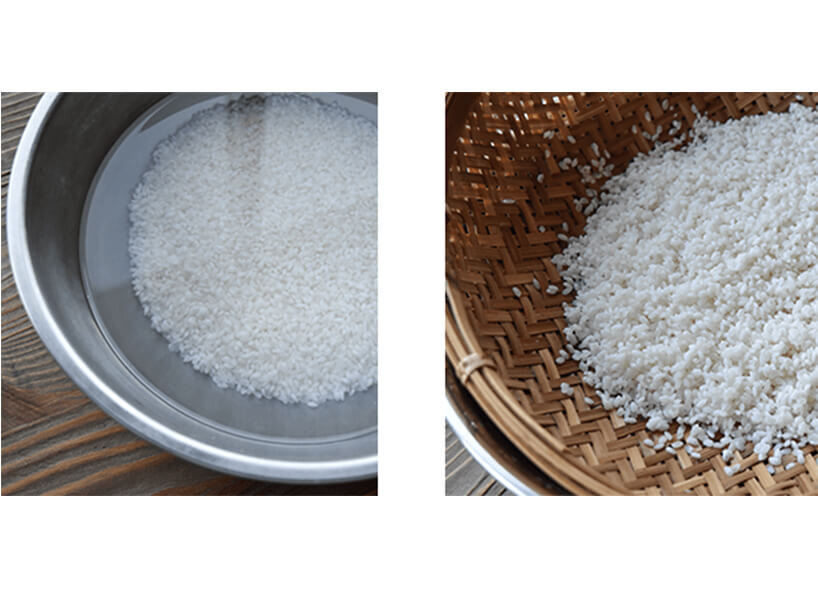
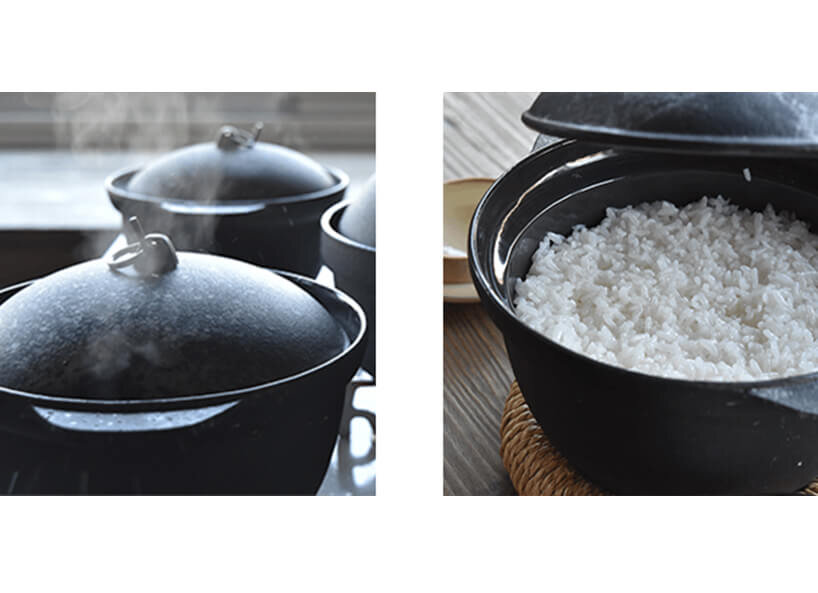
Method 2: Preparation in boiling water
Method 3: Cooking in the rice cooker
Cooking rice remains an art
Whichever method you choose, achieving a perfect serving of rice is rarely successful the first time. Since every pot, oven, and rice variety is different, the cooking process must be adjusted accordingly, and every minute during cooking is precious. If you accidentally poured too much water and the rice becomes too mushy, you can carefully pour off the excess water. Then, place the rice pot back on the stove at low heat without the lid and let the rice simmer, stirring occasionally, until the remaining moisture evaporates and it reaches the right consistency.
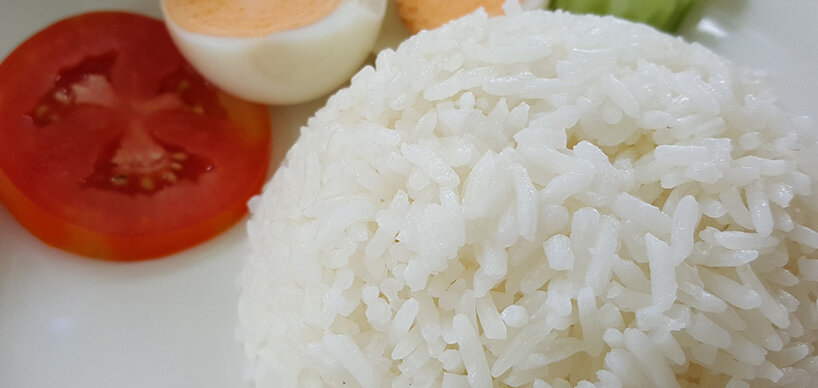
Even in the refrigerator, watery rice can be dried and fluffed up. Such chilled rice is particularly well-suited for stir-frying: For example, as Japanese Chahan in a pan with various ingredients such as green onions, nori, shiitake mushrooms, tofu, stir-fried beef, and egg. In Japan, no food goes to waste: Leftover, cooled rice keeps well in the freezer.
As simple as cooking rice may seem, it requires attention to detail to ensure that the dish comes out of the pot loose, soft, slightly sticky, and delicious. Rely on your taste and intuition, and soon you'll be conjuring up a wonderful bowl of rice to accompany any dish.

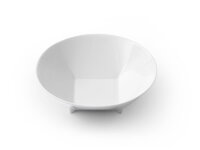
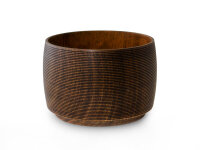
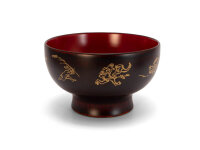
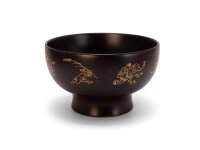
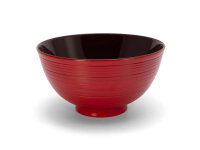
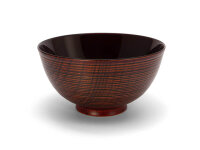
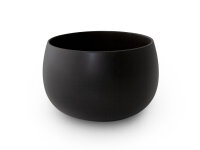
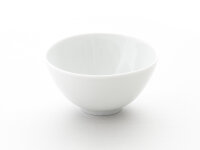

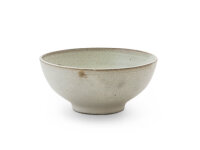
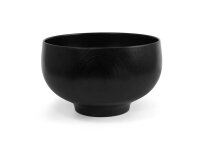
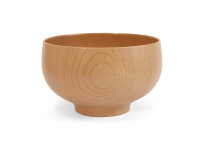
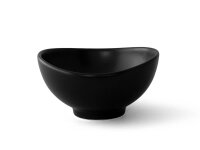
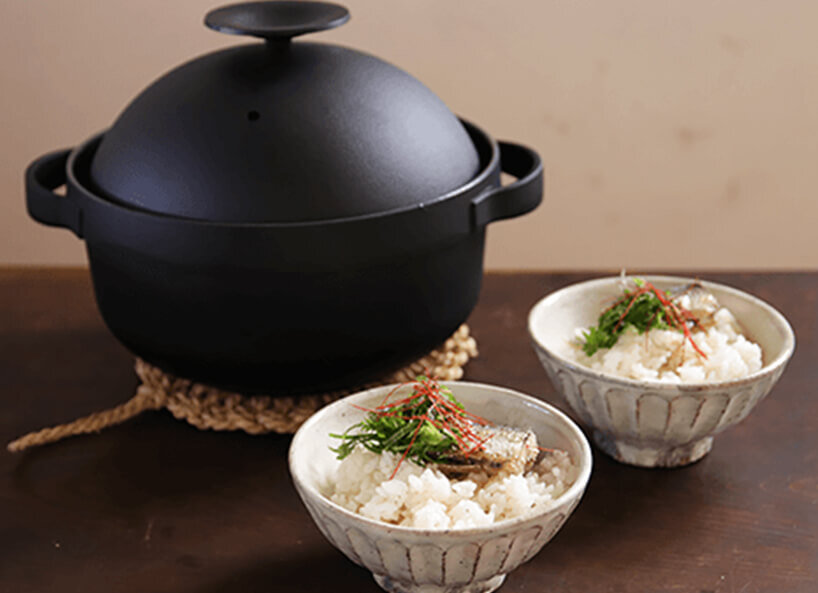
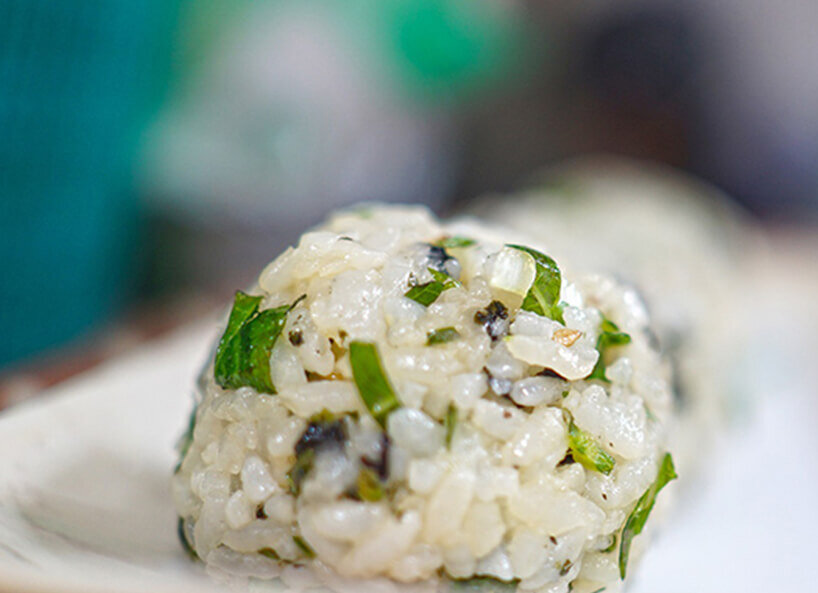
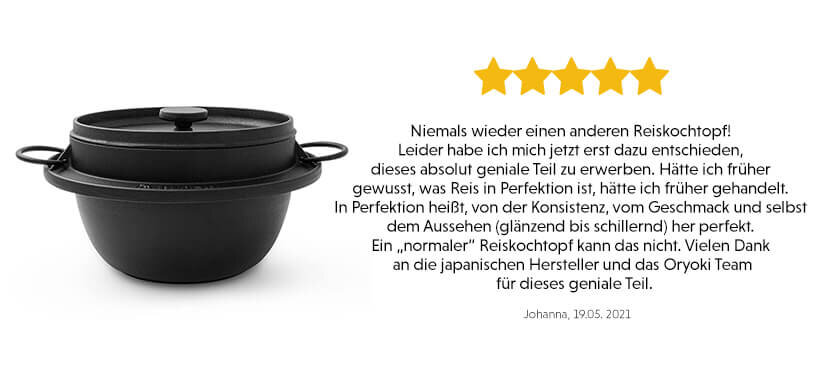
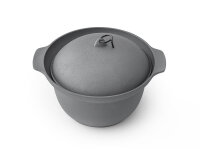










-from-the-yakiyaki-grill-pan.jpg)




